Infrastructure Investment Growth
The struts construction market appears to benefit from increased infrastructure investment across the United States. Government initiatives aimed at enhancing transportation networks, bridges, and public facilities are likely to drive demand for struts. In 2025, federal funding for infrastructure projects is projected to reach approximately $110 billion, which could significantly impact the struts construction market. This influx of capital may lead to a surge in construction activities, thereby increasing the need for durable and reliable struts. As infrastructure projects often require robust support systems, the struts construction market is poised to experience growth as contractors seek high-quality materials to meet project specifications.
Increased Focus on Safety Standards
The struts construction market is influenced by a heightened focus on safety standards within the construction industry. Regulatory bodies are continuously updating safety regulations to ensure worker protection and structural integrity. As of 2025, it is anticipated that compliance with these standards will become more stringent, potentially increasing the demand for high-quality struts that meet safety requirements. This trend suggests that manufacturers in the struts construction market may need to invest in research and development to produce products that not only comply with regulations but also enhance overall safety on construction sites.
Sustainability in Material Sourcing
The struts construction market is likely to be impacted by the growing emphasis on sustainability in material sourcing. As environmental concerns gain traction, construction companies are increasingly seeking eco-friendly materials that reduce their carbon footprint. In 2025, it is projected that around 25% of construction projects will prioritize sustainable practices, which may drive demand for struts made from recycled or renewable materials. This shift indicates that the struts construction market must evolve to accommodate these preferences, potentially leading to innovations in material science and production processes.
Technological Integration in Construction
The struts construction market is experiencing a shift towards technological integration, which could enhance efficiency and safety in construction practices. The adoption of Building Information Modeling (BIM) and other digital tools is becoming more prevalent, allowing for better planning and execution of construction projects. In 2025, it is estimated that around 30% of construction firms will utilize advanced technologies, which may lead to increased precision in strut design and installation. This trend indicates that the struts construction market must adapt to these technological advancements to remain competitive and meet the demands of modern construction practices.
Rising Demand for Residential Construction
The struts construction market is likely to see a rise in demand due to the ongoing growth in residential construction. As housing starts continue to increase, driven by favorable mortgage rates and demographic trends, the need for structural components such as struts becomes more pronounced. In 2025, the residential construction sector is expected to grow by approximately 8%, which may translate into heightened demand for struts. Builders are increasingly focused on using advanced materials that ensure safety and longevity, thus propelling the struts construction market forward. This trend suggests that manufacturers may need to innovate to meet the evolving needs of the residential sector.


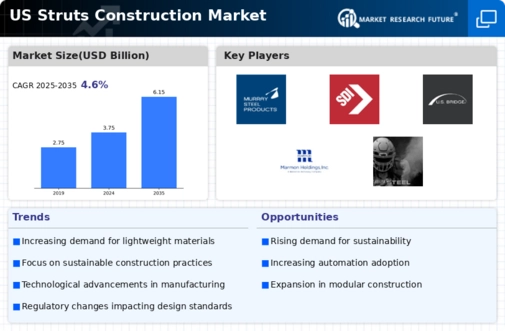

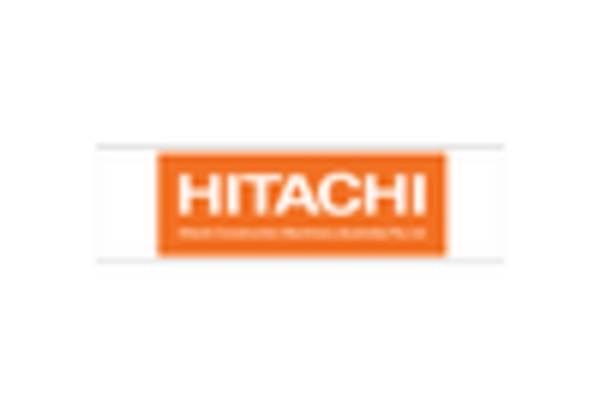
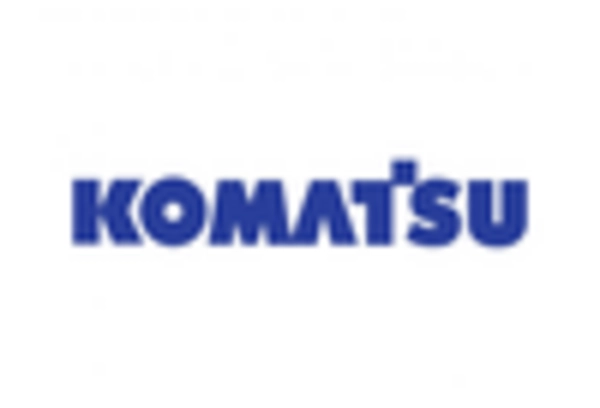

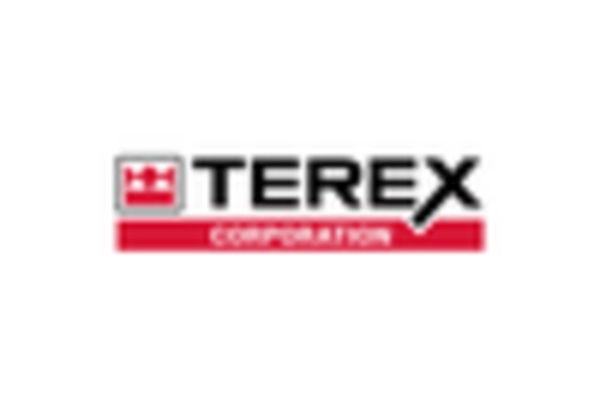
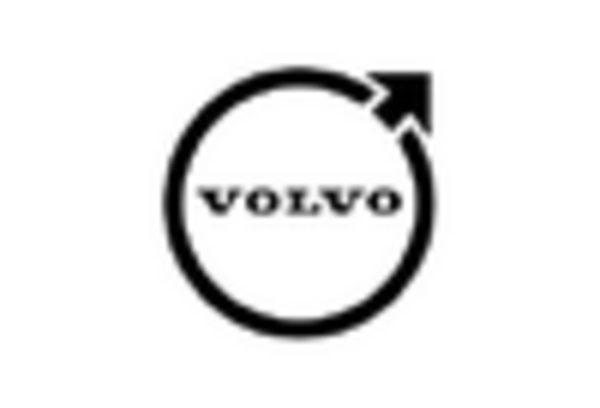








Leave a Comment